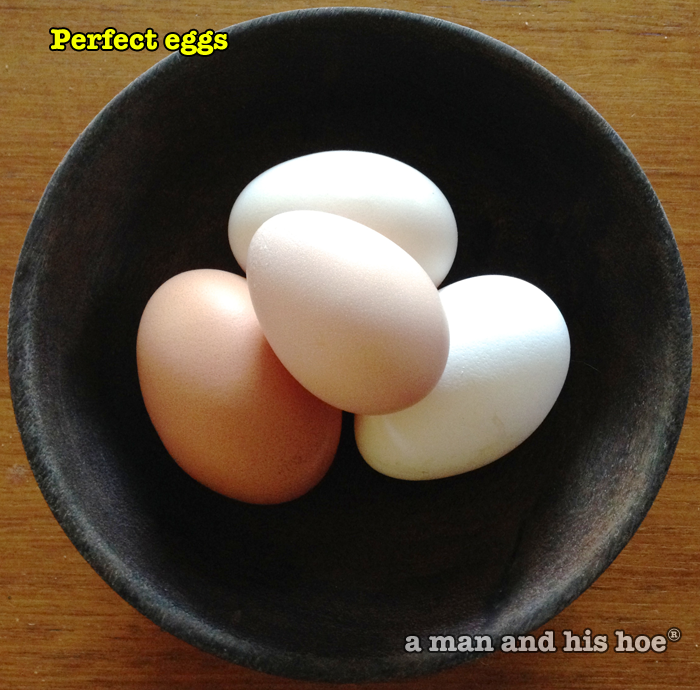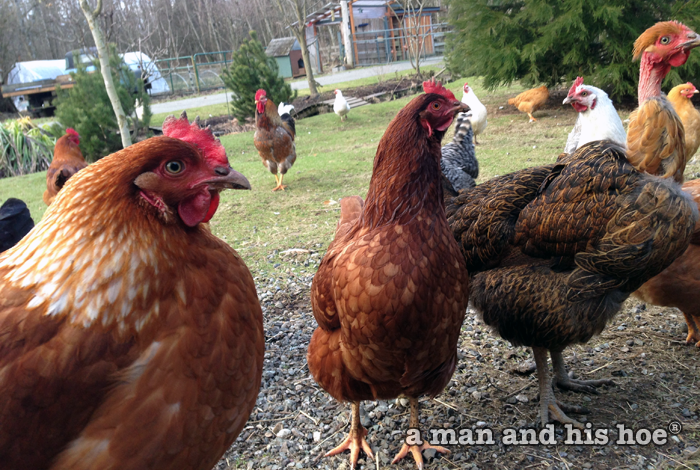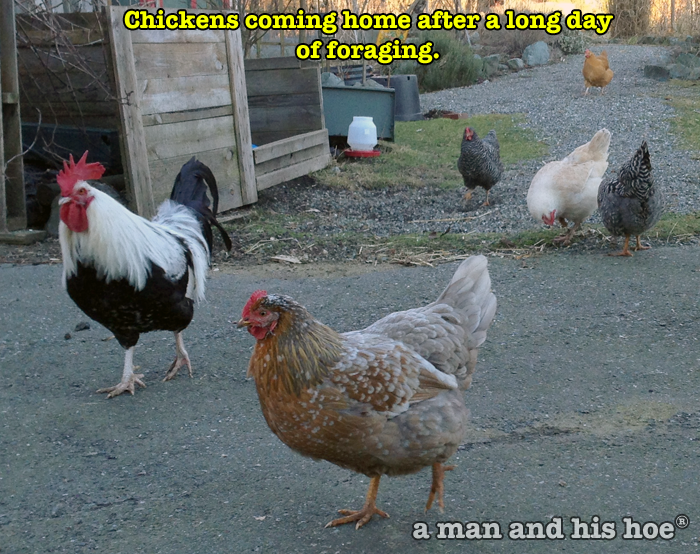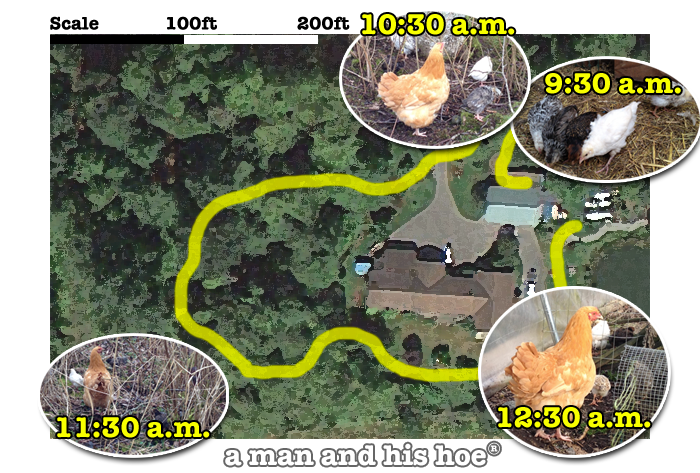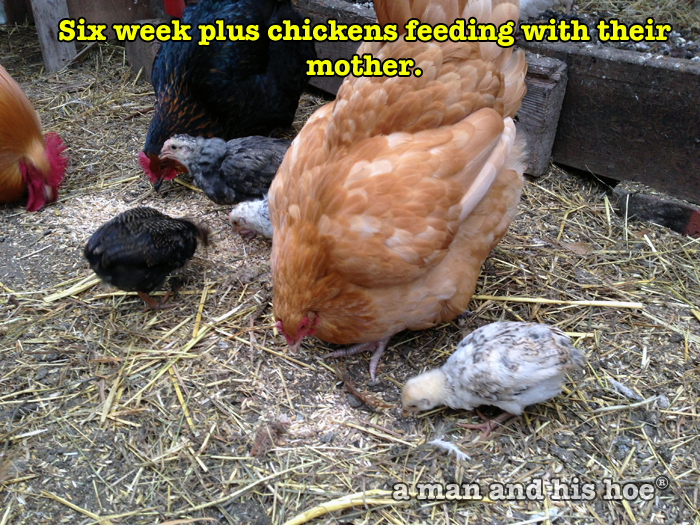
Good food makes all the difference in the world. And when it comes to eggs, it’s impossible to produce good eggs by the millions. To produce an egg as round and bright as the sun, a hen needs good food, plenty of exercise, lots of time outdoors in the sun, fresh earthworms, bugs, field mice, grass, seeds, berries, in other words, a rich and varied diet. She needs to be able to gossip with other hens, cavort with roosters, run through the woods and pasture and have a great time.
It’s not possible to do this on an industrial scale. Once you start crowding hens together, the quality of their eggs drops precipitously. But the industrial food producers don’t care about the quality of the eggs they sell. They won’t tell you the date they gathered the eggs they are selling. They won’t let you see the insides of their farms. Imagine that, a farmer who won’t let you see how they produce the food they expect you to eat. In fact, many of these industrial farmers want to make it a crime to show the public how they operate! They want to label as terrorists those who show people how their food is produced! How radical an idea is that? See Ag-gag laws. They only care about their profit margins. So hardly anyone ever gets to savor the texture and flavor of these full bodied eggs. It’s your food. You are the one putting it in your mouth. You have every right to know precisely how your food was made.
When you cook with these luscious eggs, the difference is startling. They fluff up easily. They make billowy soufflés which never fail. Fried eggs which taste rich and creamy without any salt.
But we live in a system which is consumed with making things as cheaply as possible, not with making things as good as possible. As a result, most people have no idea how spectacular a thing as simple as a chicken egg can be. And in an economy when everything is treated as a commodity, the individual differences between eggs is not allowed to be recognized. As far as the industrial food producer is concerned, one egg is the same as every other egg, and the eggs which cost the least are the best. But you and I know that this is as far from the truth as possible.
You won’t find eggs like this in the supermarket. You need to go find a local farmer who is as fanatical about the care and happiness of his chickens as you are. That’s where you’ll find perfect eggs.
